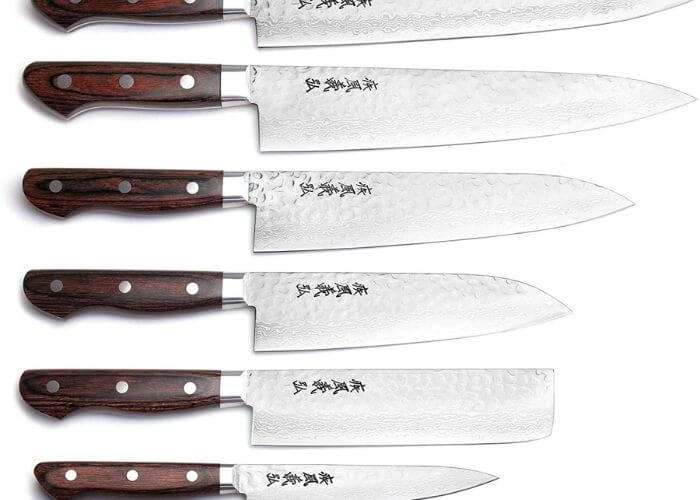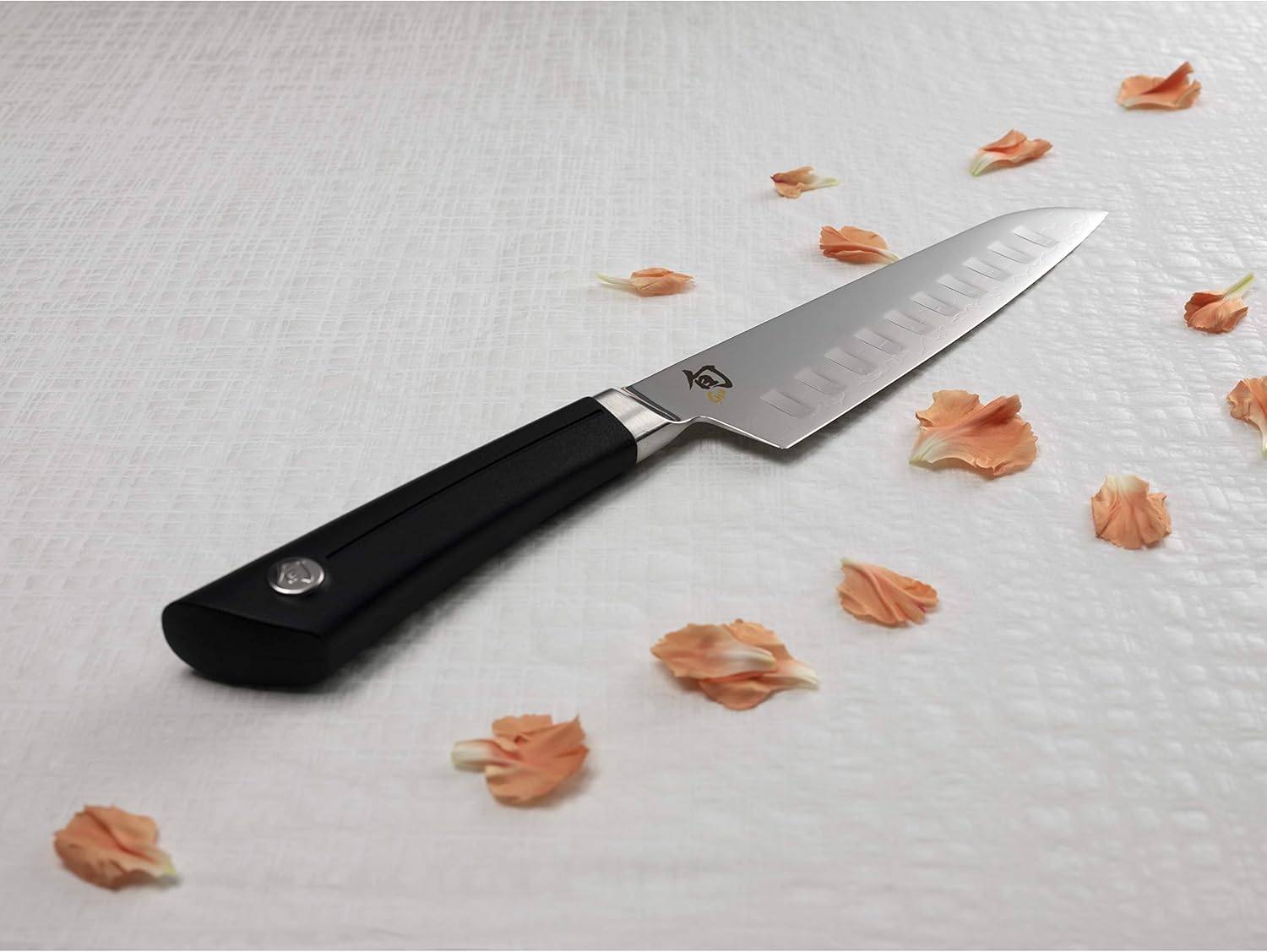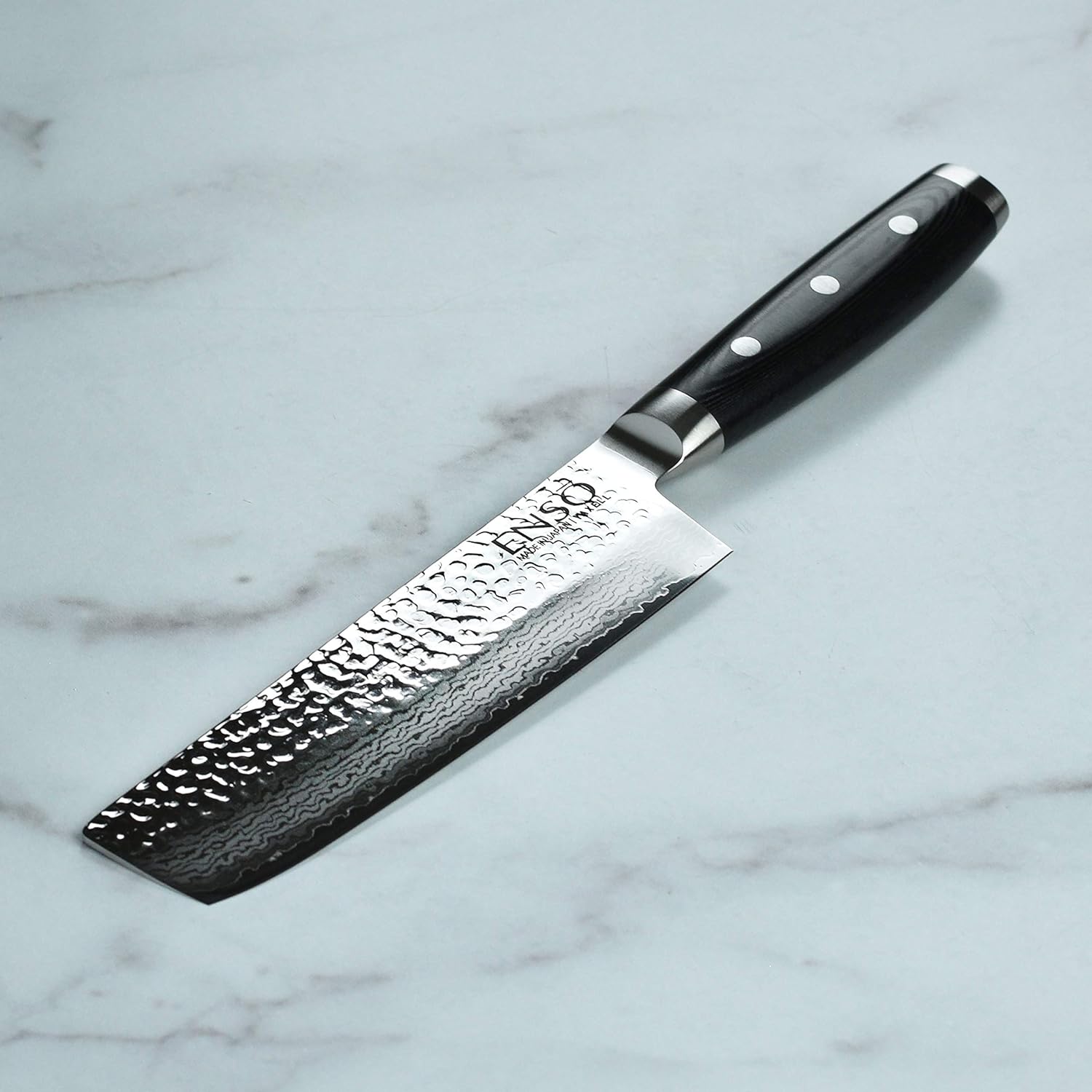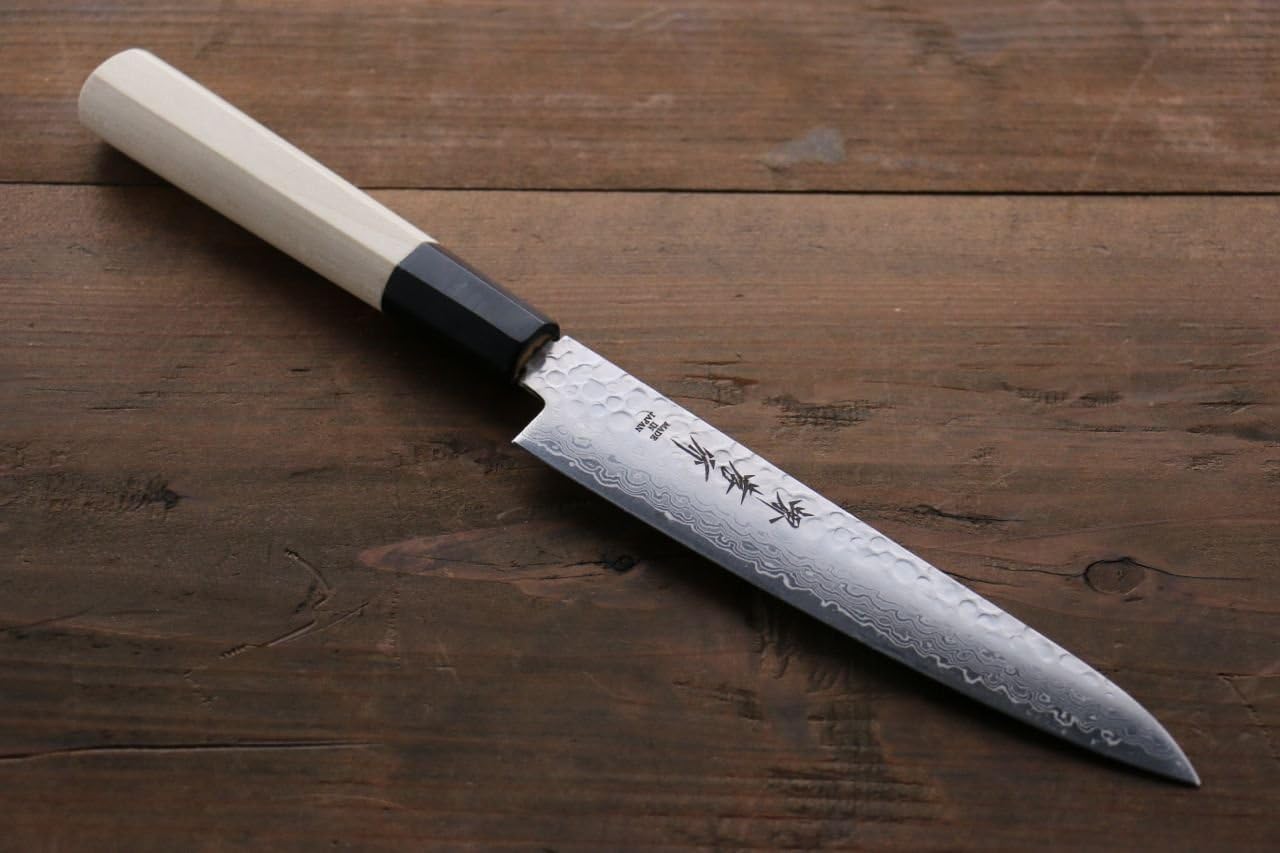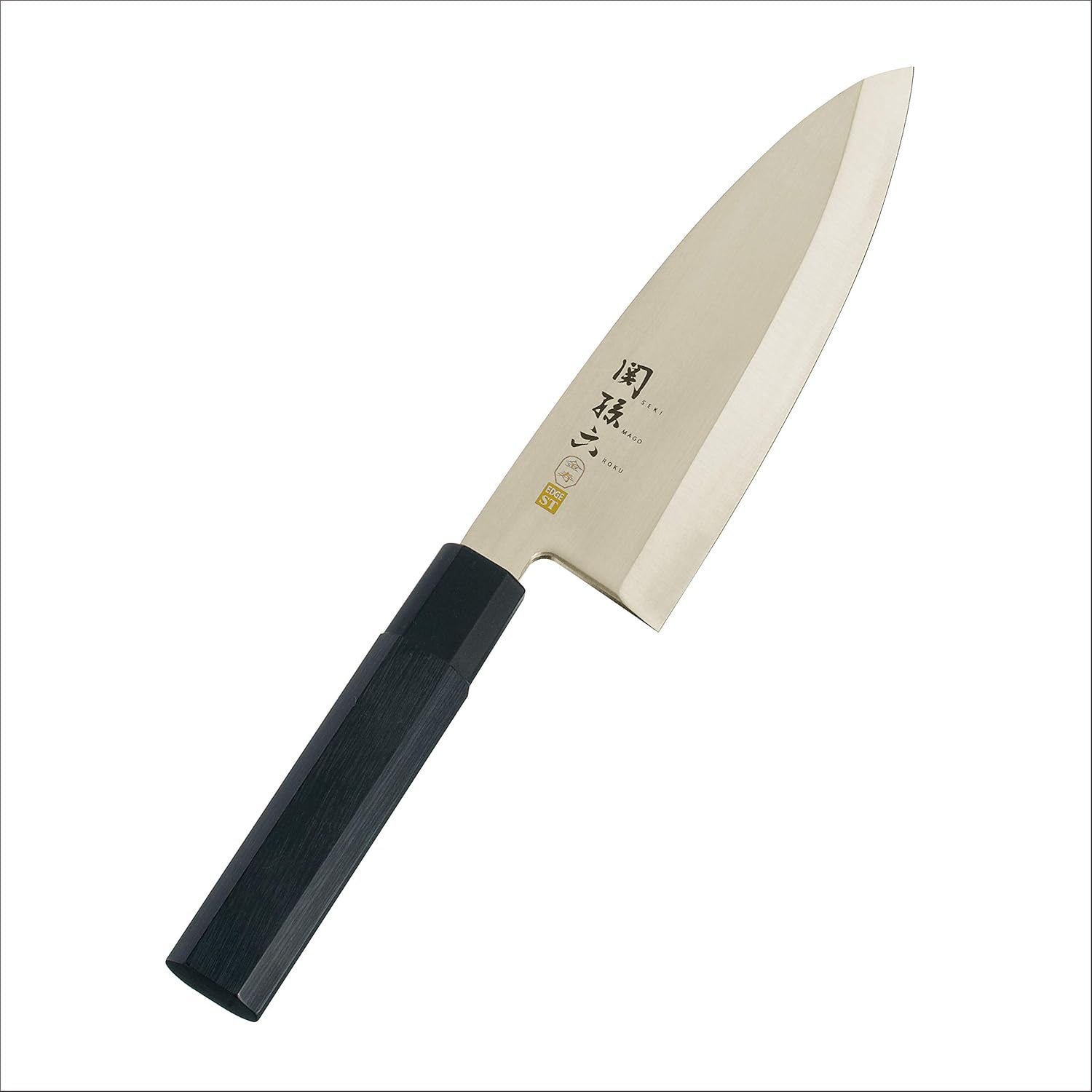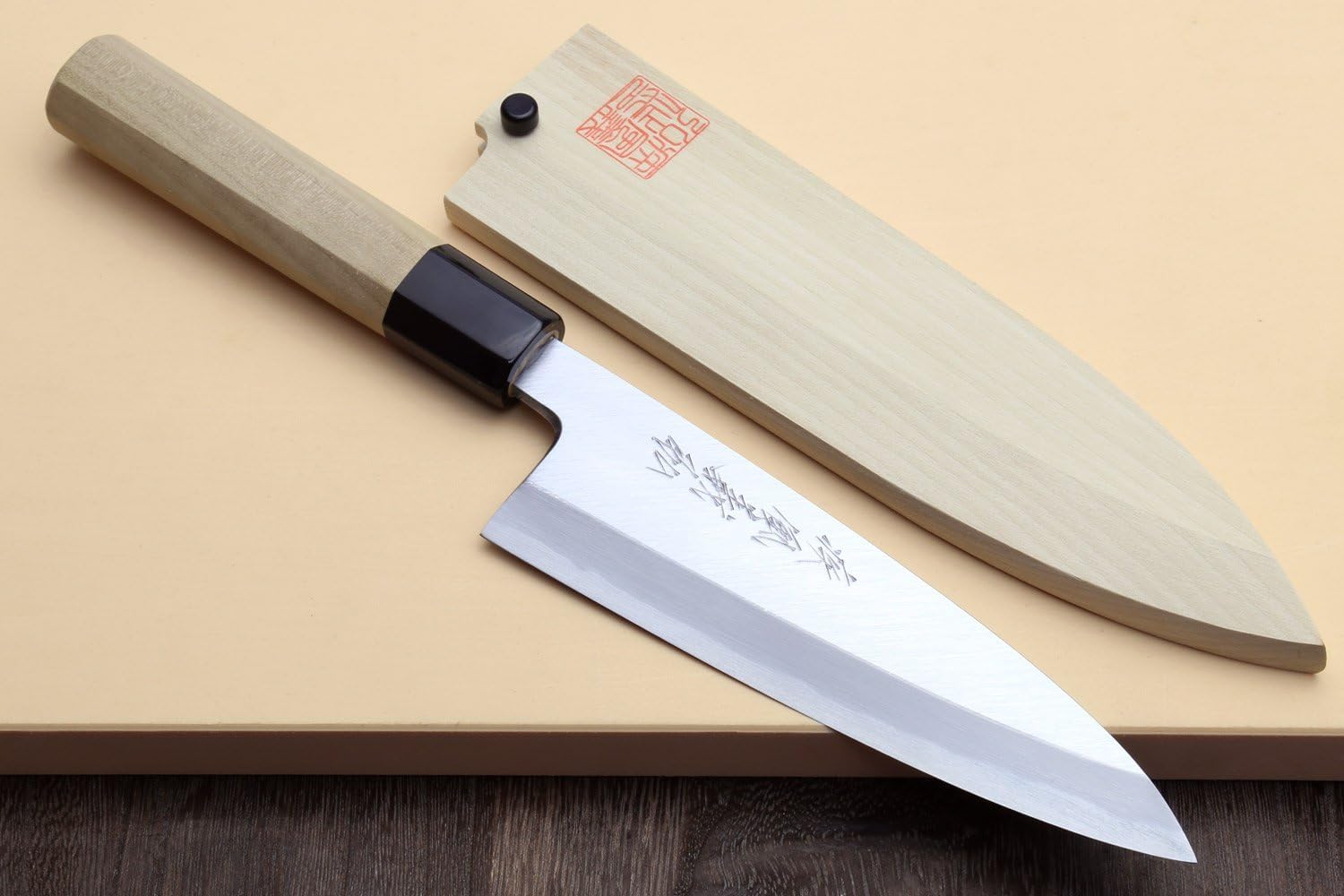Best Types of Japanese Kitchen Knives [2022] | A Complete Guide
Different Types of Japanese Kitchen Knives | A Complete Guide
Japanese knives have built a strong reputation for making high-quality knives throughout the years.
Without a doubt, Japanese knives have developed from simple knives to task-specific blades.
If you are simply a fan of knives, or perhaps you are looking for the best Japanese knives for chefs, then stick around for a comprehensive elaboration on our guide of different types of Japanese kitchen knives.
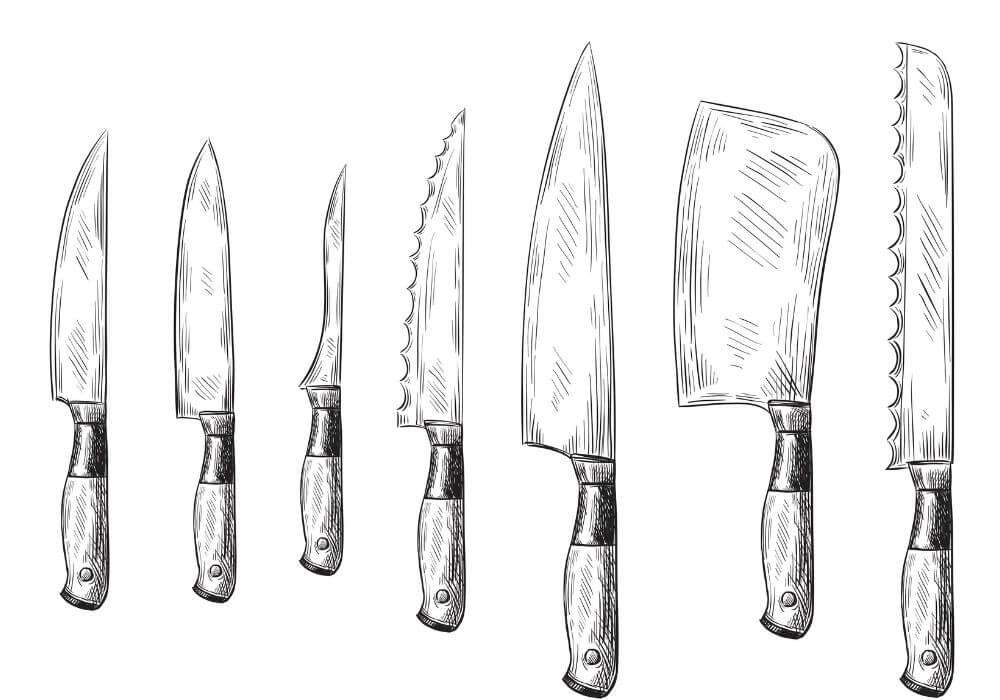
Making of Japanese Knives
With unique blacksmithing techniques, Japanese knife blades are traditionally made with stainless steel and carbon steel called Hagane.
Hagane or carbon steel is softer than stainless steel and can easily chip from cutting harder objects like frozen foods and can easily rust from water droplets.
Stainless steel Japanese knives are much easier to maintain where Japanese knives made with carbon steel needs professional care to retain the sharpness.
Traditionally Japanese style blades are made of high carbon steel enfolded with several layers of stainless steel forged and laminated together through high heat and extreme pressure.
This process adds corrosion resistance, super sharpness, edge retention, and durability.
Japanese Knife Types
The variants of Japanese knife types gives you the luxury to choose different knives for different tasks.
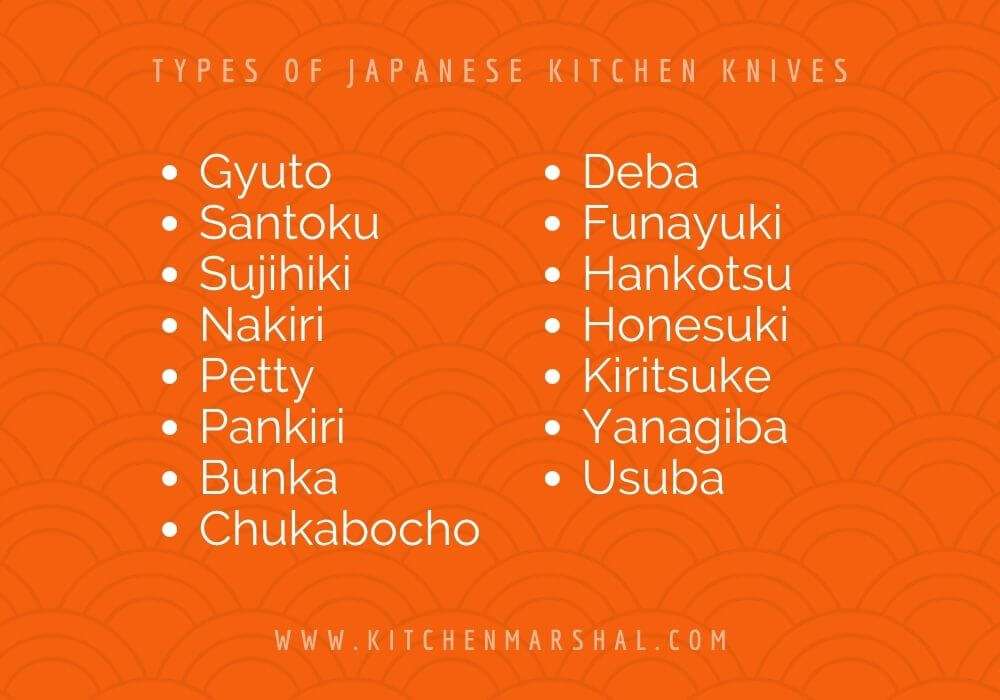
Gyuto
The Gyuto is a Japanese version of a western-style primary knife.
The only difference between Gyuto knives and western-style knives is that Gyuto knives have a thinner blade.
Gyuto translates to English as “cow sword.” This all-purpose knife is made to cut larger meat portions favorite for chopping and slicing.
This knife type is essential for every kitchen setup. Just to know, “Wa-Gyuto” is a Gyuto knife with a Japanese Handle.
Santoku
Santoku means “three virtues”, meaning these knives are multipurpose knives—they can be used in slicing meat, fish, and cutting veggies.
These knives are also known as Santuko in some parts of Europe. The handle differs.
A Santoku knife can either have a Japanese knife or a Western-style knife. It’s a double bevel knife, and its length ranges between 165-180mm.
Sujihiki
The Sujihiki knife or slicing knife has a long, thin blade with a sharp cutting edge that’s often double beveled. It’s quite similar to western knives.
However, the Sujihiki knife has a more hardened blade and excellent edge retention that doesn’t need a lot of sharpening.
This blade is convenient for carving, slicing, and filleting meat, fish, and poultry.
This knife stands out with a Wa handle and may have a full tang with two or three stainless steel rivets and a bolster or end cap to add agility and balance.
If you’re looking for precise slices of your meat, fish, and poultry, Sujihiki is the answer.
Nakiri
A Nakiri knife has a thin rectangular blade that makes it ideal for cutting vegetables or mincing herbs.
This Japanese kitchen knife stands for “a knife for cutting greens.”
A Nakiri knife can either have a Japanese or a Western-style handle. Also, It has a double beveled edge.
Lastly, its length ranges from 165-180mm.
Petty
A Petty knife, also known as a Utility knife, is a smaller version of the Gyuto knife.
This knife is used for many delicate tasks in the kitchen where a larger knife would ruin it.
For instance, these knives are used in removing eyes from the potatoes, paring, peeling, cutting, and decorating the cores of apple quarters.
It’s also suitable for mini chopping jobs on a cutting board. Petty knives are essential. Their length ranges from 120-150mm.
Pankiri
The Pankiri knife is simply a bread knife. If you’re looking for the best types of Japanese cooking knives, efficient in cutting bread, then you need to look into Pankiri knives.
This knife has a serrated edge, which allows it to cut through baked goods without crushing them.
Bunka
The Bunka knife comes packed with many features. It’s a multipurpose knife that is used in Western cuisine.
It’s a cross of gyuto and a nakiri with a badass look.
This knife is flexible, making it an excellent choice for either long or short cuts. This knife has a wide handle, a flat and thin blade efficient in cutting different food types.
This knife’s versatility makes it an excellent choice for professional chefs and home cooks.
Chukabocho
The Chukabocho knife originated from China, but Japanese artisans perfected these knives.
These knives are easy to recognize because of their vast rectangular blades. These cleavers are useful in cutting through bones of meat, poultry, and fish.
Furthermore, they can also cut through frozen foods.
Deba
A Deba knife is a single bevel Japanese knife with a thick and heavy spine efficient in carrying out rough tasks.
Initially, the Japanese use this knife to cut and fillet fish. However, they are currently used to cut through fish, poultry, and meat.
These knives’ height ranges from 165-210mm; they also have a thickness of 9mm.
Although these knives look like they can cut through bones, you shouldn’t use them for such challenging tasks because it may lead to chipping.
Funayuki
The Funayuki knife is a traditional Asian-style knife used by Fishermen to clean, fillet, and test small and medium-sized fish quality.
However, previously, Fishermen used these knives to prepare meals at Sea. The blade of this knife is light and agile.
You can also use this knife to break down poultry.
Hankotsu
A Hankotsu is a single edge small boning knife effective in separating meat from the bone or precisely slices of Sashimi, Sushi, and Crudo.
All you need to do is make a small cut in the flesh with the knife and cut along the bone. It’s blade length averages at 150mm.
Furthermore, it has a lean profile that’s easy to use. The blade of Hankotsu knives is a double bevel.
Honesuki
If you are looking for an excellent knife great at deboning meat, poultry, and fish, Honesuki knives have a lot to offer you.
These single bevel knives have a pointed tip and a sharp blade that works efficiently. You can use this knife as a Utility knife due to its small compact size.
Its blade’s length ranges from 135-180mm.
Kiritsuke
Kiritsuke is a knife that is a Japanese hybrid knife style of Yanagiba and Usuba knives. The Kiritsuke knife has the tip of the Usuba and the length of the Yanagiba.
This knife has a size that ranges from 240 to 300 mm. Lastly, it’s a multipurpose knife that can be used in slicing meat, vegetables, and fruits.
Yanagiba
If you fancy Sushi—you’ll love this knife. With excellent edge quality, it was initially made to cut thin slices of raw fish used for Sashimi and Sushi.
However, due to its long and narrow blade with a very small angle and extremely sharp edge, people can use Yanagiba knives for precise cuts of large pieces of meat, especially steaks.
It’s also known as the Sashimi knife. These knives’ length ranges from 240-360mm.
Furthermore, people can use them in different tasks that require precision. Yanagiba translates to a ‘willow.’ This is because the blade looks like a willow leaf.
Yanagiba is also known for its high performance and great design.
Usuba
An Usuba is a thin rectangular-shaped knife efficient in cutting vegetables. This vegetable knife has a chisel grind and a Japanese handle.
Furthermore, it has a single beveled blade; therefore, it requires more skill to use than a Nakiri knife.
Usuba knife either has a rectangular or semicircular blade.
The square tip usuba is from the Kanto region (Tokyo) and the rounded tip usuba is from the Kansai region (Kyoto and Osaka).
Lastly, these knives vary depending on their tips. Usuba knives are specifically popular among professional chefs in eastern Japan around Tokyo.
Final Slice
From Gyuto to Usuba, every Japanese style knife will serve you precisely. Japanese knives are known for their edge life and quality, sharpness, toughness, and ease of sharpening.
With proper technique, Japanese knives with variant knife shapes can be really handy.
We hope that our comprehensive information about the different types of Japanese kitchen knives will help you purchase the most suitable blade for you.
https://www.youtube.com/watch?v=FDNNG9doFe4
Please Share To Inspire Us
Share on facebook
Share on twitter
Share on pinterest

